 |
||||
| ||||
|
|||||||
| Leisure & Other Religious buildings, Swimming pools, Hotels, Railway related stuff. Or any other places that don't seem to fit anywhere else! |
 |
|
|
Thread Tools | Display Modes |
  Old Speke Aerodrome, Liverpool - July '12 Old Speke Aerodrome, Liverpool - July '12 |
|
(#1)
|
||||
|
||||
|
Visited with the missus
 : :started scheduled flights in 1930 with a service by Imperial Airways via Barton Aerodrome near Eccles, Manchester and Castle Bromwich Aerodrome, Birmingham to Croydon Airport near London. The airport was officially opened in mid-1933. By the late 1930s, air traffic from Liverpool was beginning to take off with increasing demand for Irish Sea crossings, and a distinctive passenger terminal, control tower and two large aircraft hangars were built. During World War II, the airport was taken over by the Royal Air Force and known as RAF Speke. Rootes built many bombers in a "shadow factory" here, including Bristol Blenheims and 1,070 Handley Page Halifaxes. Lockheed Aircraft Corporation assembled many types including Hudsons and Mustangs, that had been shipped from the United States to Liverpool Docks. The airport was also home to the Merchant Ship Fighter Unit. The city took over control of the airport on 1 January 1961 and prepared development plans. In 1966, a new 7,500 ft (2,286 m) runway was opened by Prince Philip on a new site to the southeast of the existing airfield. It enabled the airport to be open for business around the clock and is in use to this day. Control of the airport transferred to Merseyside County Council from Liverpool Corporation in the mid 1970s and then, ten years later, to the five Merseyside councils following the abolition of Merseyside County Council. A new modern passenger terminal, adjacent to the runway on the southern airfield site, opened in 1986 and this was followed by the closure of the original 1930s building. The original terminal building dating from the late 1930s, famously seen on early television footage with its terraces packed with Beatles fans, was left derelict for over a decade after being replaced in 1986. The building was renovated and adapted to become a hotel, opened for business in 2001, preserving its Grade II listed Art Deco style. The hotel was previously part of the Marriott chain of hotels, but is currently the Crowne Plaza Liverpool John Lennon Airport Hotel after a renovation in August 2008. The former apron of the terminal is also listed and retained in its original condition, although it is no longer connected to the airport or subject to airside access control. It is the home of several aircraft, including BAe Jetstream 41 prototype G-JMAC and Bristol Britannia G-ANCF, preserved by the Jetstream Club. The two art deco style hangars that flank the terminal and apron have also been converted for new uses. One is now a David Lloyd leisure centre, whilst the other has been adapted as the headquarters of the Shop Direct Group, and is now known as Skyways House. This is where the photos come in, I came to see the planes featured in Georgie's report from March 2012 This is the first time my missus has come with me whilst taking photos like this; sufficed to say, she was initially nervous but soon got into it. First on the list is G-ANZP DeHavilland DH89 Dragon Rapide. G-ANZP A well-made Dragon Rapide replica standing outside the old airport buildings. 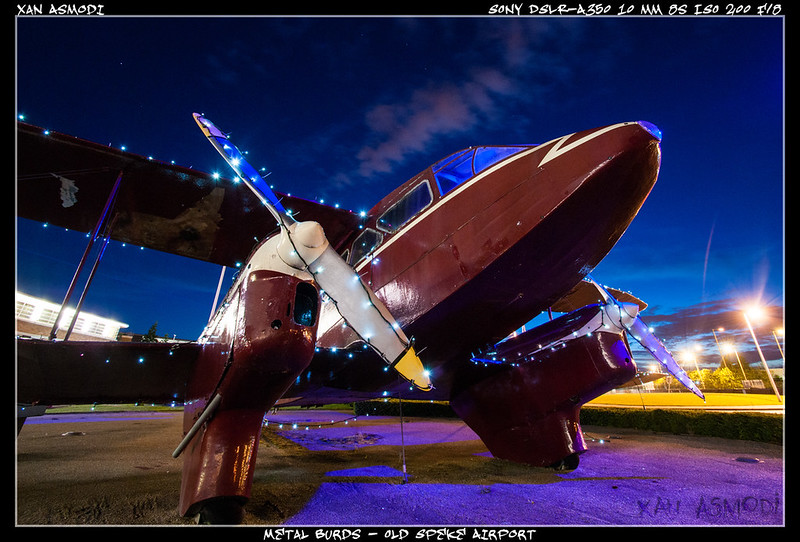 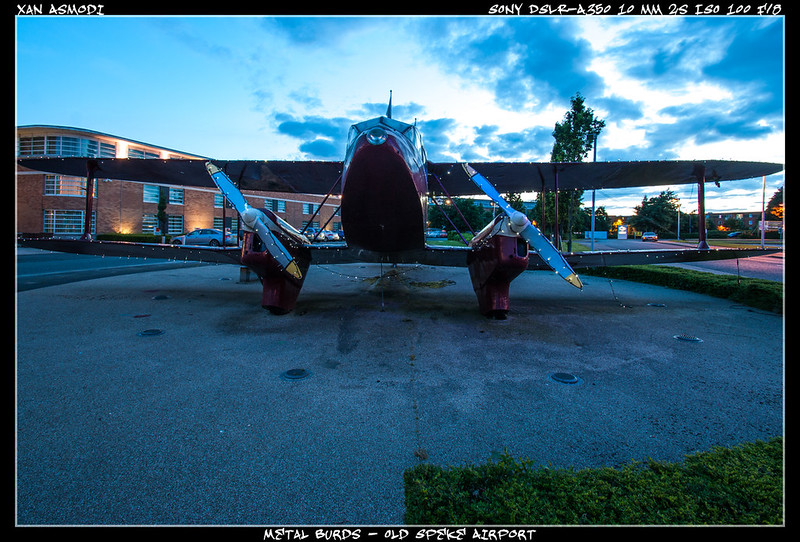 "New Frontier" G-ANCF Brisitol 175 Britannia 308F This Britannia was laid down as the sixth stretched series 300 to be constructed under sub-contract by Short Bros & Harland at Belfast, Sydenham. Built as a series 305 and given the Bristol Aircraft Ltd airframe constructor's number of 12922. She is one of only four complete Bristol Britannias preserved, the others are at Duxford (G-AOVT), Cosford (G-AOVF) and Kemble (XM496).   BAe Jetstream 41 G-JMAC his aircraft was the fourth prototype, 004. It first first flew in July 1992. More info about it's rescue here 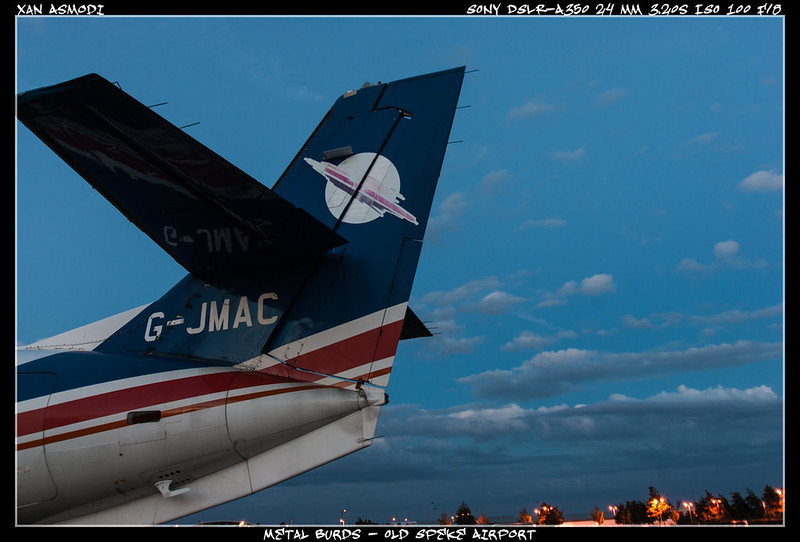  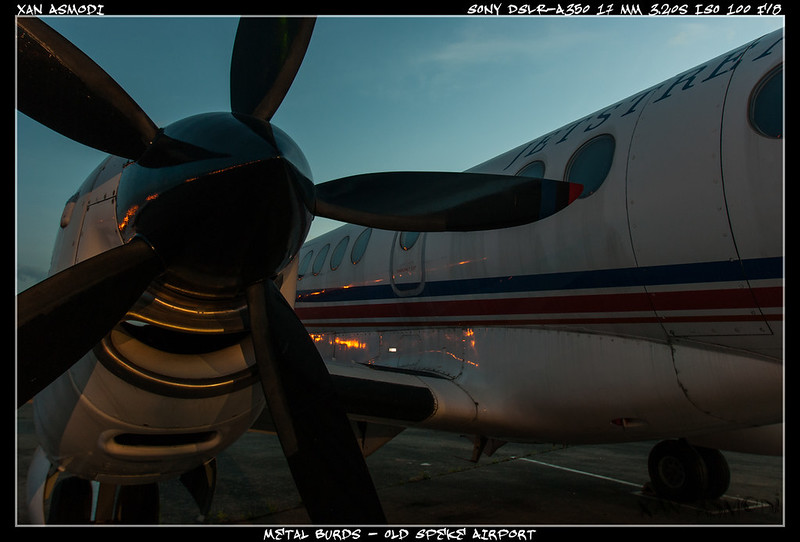 BAe.748-2A G-ORAL Airframe HS.748, Set number 227, was allocated Hawker Siddeley constructor's number 1756 and was built during 1977 at the Woodford site as series 2A/334 aircraft. As Hawker Siddeley had become part of British Aerospace wef 1.4.77, this aircraft is more correctly a BAe.748, although oft referred to as HS,748. After a long career, her Certificate of Airworthiness expired 12.11.07, and she was used as a spares source until eventually permanently withdrawn from use, the CAA being notified 15.6.09. G-ORAL eventually being cut up for scrap, with the nose section being rescued 2009 from Blackpool for preservation, initially at Hooton Park, then spent summer 2010 at Newark Air Museum before transport to Liverpool Speke Aerodrome 22nd October 2010. Although not the final figures, it is known that on 31.12.04, G-ORAL had recorded an airframe total time of 17,779 hours. 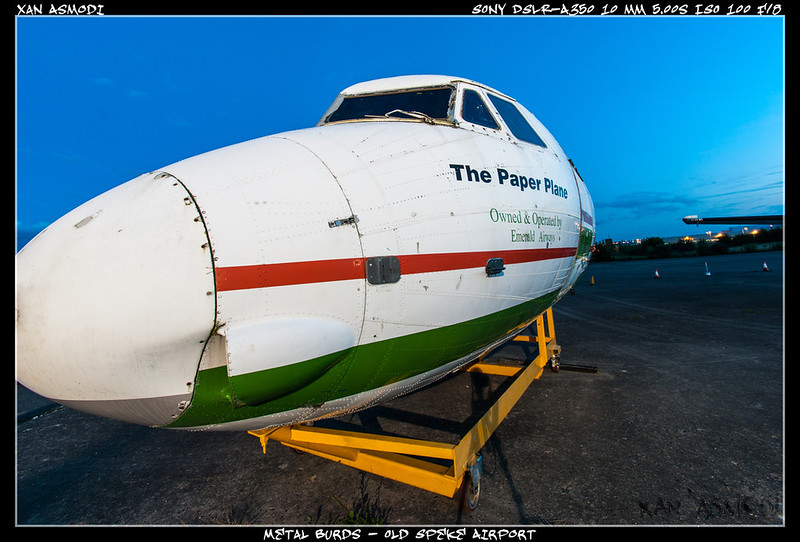 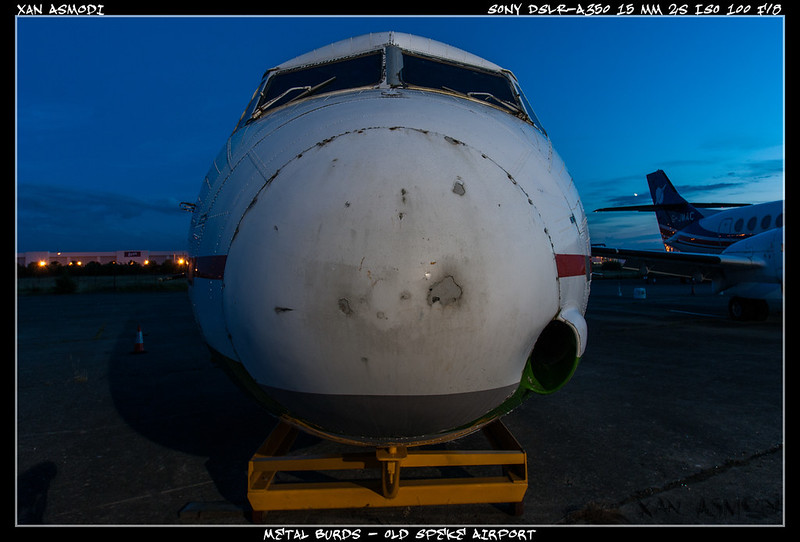 Percival Prince - G-AMLZ Constructors number P50/46 was built as a Percival P.50 Prince 3E (short nose version) at Luton, and was the third from last civil Prince to be built. The last of an order for 5 placed by Shell Refining and Marketing Ltd (G-AMKK & G-AMLW to 'LZ). Although registered G-AMLZ on 23.11.51, the first Certificate of Airworthiness was not issued until 14th November 1952, with delivery the same month. At this time Douglas Bader was one of Shell's corporate pilots, so it is almost certain that he flew G-AMLZ during the year and half of Shell's ownership. More here 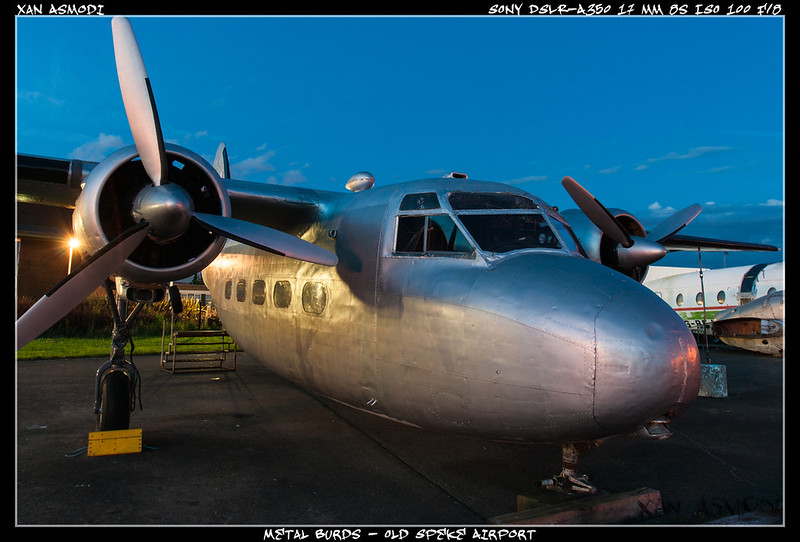 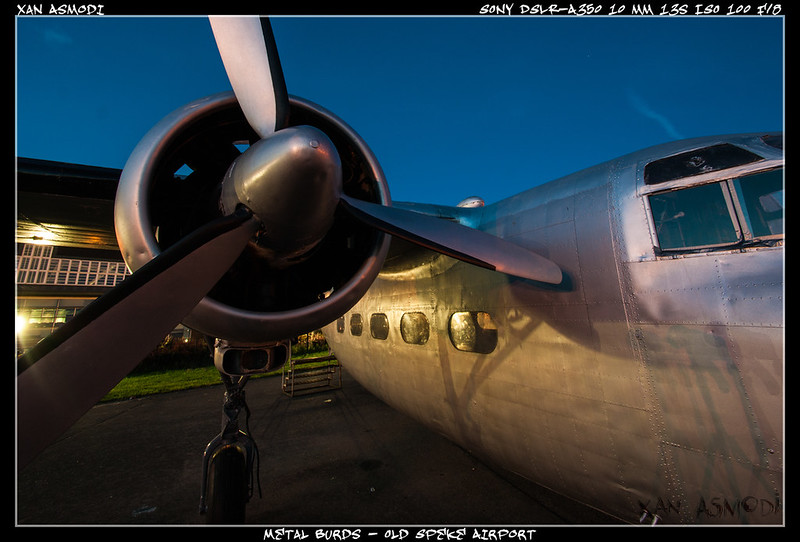  G-BEJD 'Sisyphus' Mk1 Avro 748. She now lies on the old Liverpool Airport apron after being rescued by Speke Aerodrome Heritage Group, with generous donations from aircraft enthusiasts (£2,500). The aircraft was stood rotting in Blackpool for 5 years following the demise of Emerald Airways, and was on the brink of scrapping, until it was rescued. This is an important aircraft as it's a rare Mk1 Avro 748. It'll be restored and displayed for future generations. 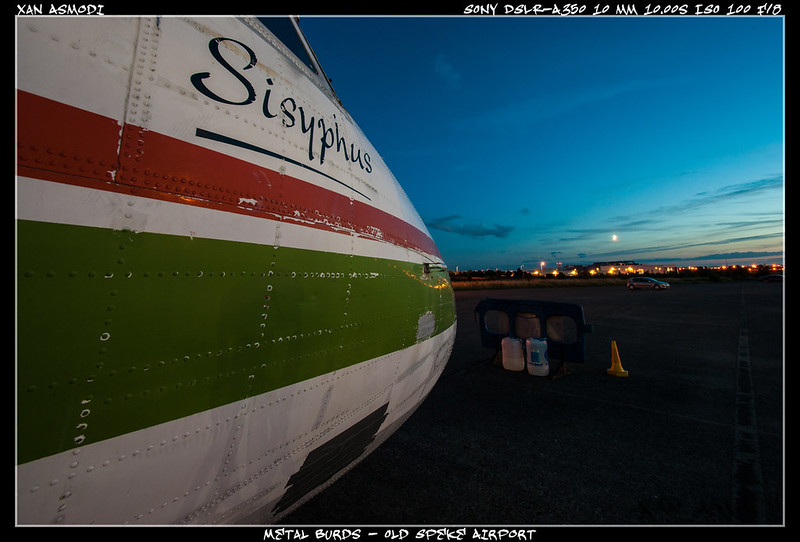  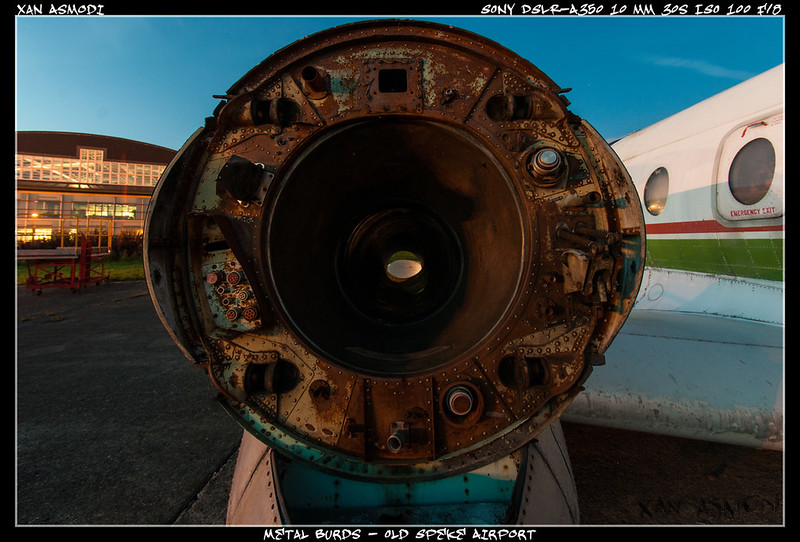 And finally... Gloster Meteor F8 WH291 Armstrong Whitworth batch built Gloster Meteor F.8, later TT(F).8, serial WH291 in 1952. As an F.8 entered service with 257 Squadron, passing through 610 Squadron to the RAF College of Air Warfare in 1957. By 1964 WH291 was converted to TT.8 configuration and allocated to 85 Squadron. In 1971 WH291 was target towing for Hunter FGA.9 with 79 Squadron, 229 OCU, and was still active until about 1975, the last Meteor still operating in RAF service. Target Towing duties involved a Banner type target being hauled on a 200-ft long cable, let out by the towing aircraft’s winch, for student aircraft to engage in live air-to-air firing practice, designed to teach dog-fighting skills. Having been on display at Lasham for a number of years, the museum closed so Speke Aerodrome Heritage Group split her in to three sections and brought her to the old Liverpool Airport apron for display. 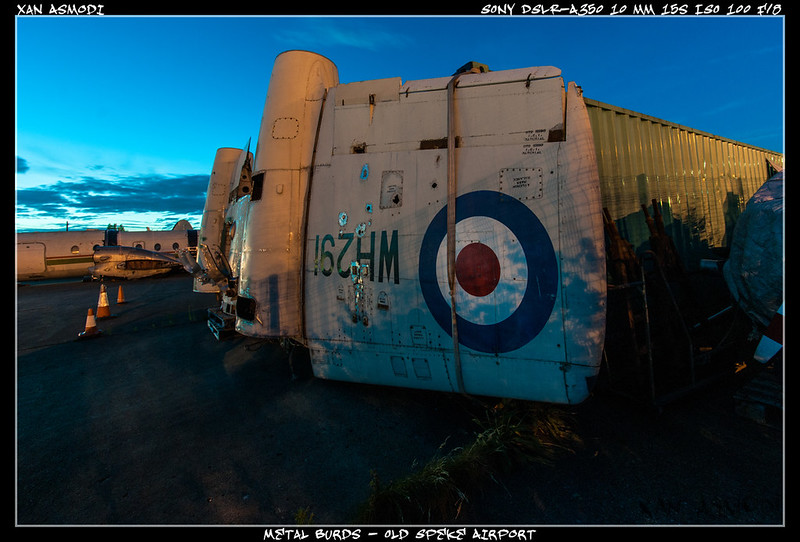 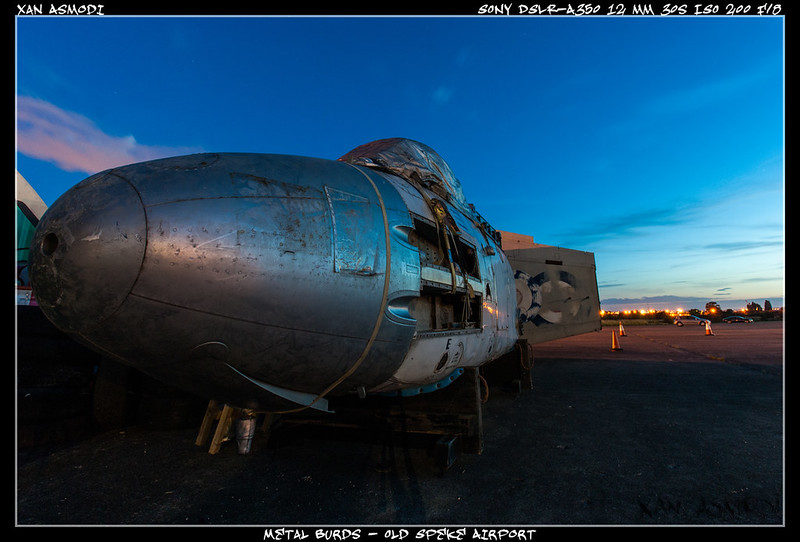  Thanks for looking! :thumb |
||||
 |
| Bookmarks |
«
Previous Thread
|
Next Thread
»
| Currently Active Users Viewing This Thread: 1 (0 members and 1 guests) | |
| Thread Tools | |
| Display Modes | |
|
|
Powered by vBulletin® Version 3.8.6
Copyright ©2000 - 2024, Jelsoft Enterprises Ltd.
vBulletin Skin developed by: vBStyles.com
Copyright ©2000 - 2024, Jelsoft Enterprises Ltd.
vBulletin Skin developed by: vBStyles.com
© 2008-2015. Photographs and text are copyright and the property of the poster unless otherwise stated, and should not be used without express written permission.
Any opinions stated by users of this forum are NOT those of the site owners, each poster takes FULL responsibility for their own posts.
Any opinions stated by users of this forum are NOT those of the site owners, each poster takes FULL responsibility for their own posts.










 Linear Mode
Linear Mode
